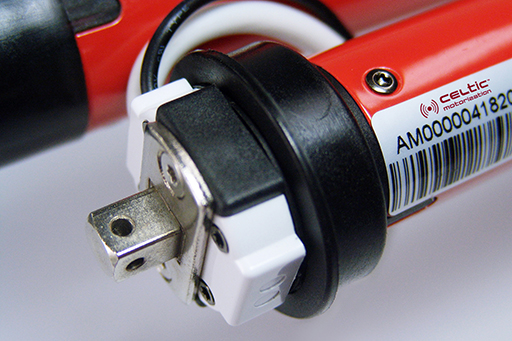Certificados
Description
The OEKO-TEX® Standard 100 is an independent testing and certification system for textile raw materials, intermediate and end products at all stages of production.
Testing for harmful substances includes:
Illegal substances
Legally regulated substances
Known harmful (but not legally regulated) chemicals
As well as parameters for health care
In their entirety the requirements clearly exceed existing national legislation.
OEKO-TEX® testing for harmful substances always focus on the actual use of the textile.
Most of Vertilux fabrics have been tested by various OEKO-TEX® authorized member institutes, and hold the OEKO-TEX® Standard 100 Certificate.
Why OEKO-TEX®?
There are several good reasons for testing for harmful substances:
The safety of textiles cannot be determined through visual inspection alone – not even by experts. Laboratory tests based on scientific findings, carried out by facilities with the required expertise, are the only way to ascertain beyond doubt whether textile items are free from unwanted harmful substances.
In addition, division of labor is very high in textile production. The individual production steps are often based in several countries with different legal requirements regarding possible harmful substances. Transparent, globally standardized test criteria as with OEKO-TEX® Standard 100 are therefore indispensable when testing for harmful substances.
Many product properties that we require from textiles today can only be achieved through targeted use of chemicals. It is therefore even more important that the textile production process uses no unwanted substances, which remain as a residue on the final product, possibly causing health problems for the wearer.
Another advantage of OEKO-TEX® testing for harmful substances is that it is suitable for all types of textiles available today. Problematic substances can enter into the products at all stages of production such as pre-treatment (cleaning), dyeing, finishing or textile printing.
Trust is good - certification is better
When buying clothing and textiles, it is not just the price that needs careful examination. The price of a textile product alone says nothing about the quality or the safety regarding possible harmful substances.
Consumers looking for textiles which are harmless to health can find OEKO-TEX® products with the label "Confidence in textiles" in all segments of retail . But consumers who primarily focus on priorities like colour, pattern, fit, durability, material or easy care can also appreciate the additional benefit of products tested for harmful substances.
If you want to be on the safe side your buying principle should be: "Trust is good - certification is better."
Test methods
The test methods to be used for OEKO-TEX® testing for harmful substances by the authorized member institutes are summarized in the normative document “OEKO-TEX® Standard 100 – testing procedures”.
The laboratory tests currently comprise around 100 test parameters and are based on international test standards and other recognized testing procedures. These also include for example simulation tests, which take into account all possible ways by which harmful substances could be absorbed into the human body (orally, via the skin, by inhalation).
Testing of a textile depends on the chemicals used at each stage of processing which result in a qualitative change of the textile. The scope of the human ecological requirements is based on the intended use of the textile. The following generally applies: The more intensive the skin contact of a textile, the stricter the limit values to be met.
Sources:
https://www.oeko-tex.com/en/manufacturers/concept/oeko_tex_standard_100/oeko_tex_standard_100.xhtml
https://www.oeko-tex.com/en/consumers/why_oeko_tex_consumers/why_oeko_tex_consumers.html
https://www.oeko-tex.com/en/consumers/tips_for_purchasing_textiles/tips_for_purchasing_textiles.html
https://www.oeko-tex.com/en/manufacturers/test_methods/test_methods.xhtml
Certified Products














